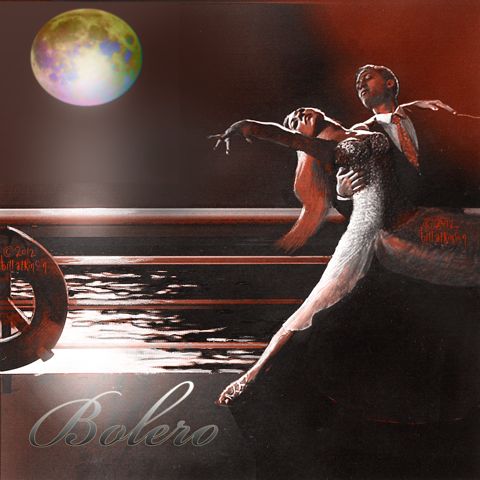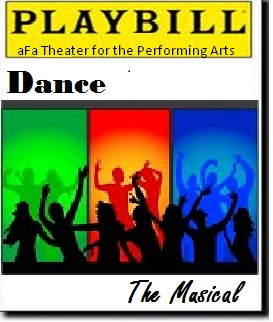In November 2014 I posted this collaboration with a photographer around the word connection. Below are a few thoughts from that post.
Connection: A correspondence between two partially ordered sets
Connection: Causal or logical relation or sequence
Connection: A relation of personal intimacy
Connection: A means of communication or transportation
Connection: synonyms including coherence, continuity, link, affinity, association, kinship, liaison, linkage, relation, relationship, union
This past April I wrote a ballroom post about Lead and Follow. Since that post, I continued thinking about the role of connection in ballroom – especially in a social ballroom dance setting. After all, our instructor preaches it! The Lead and Follow post included the following paragraph:
Lead and Follow requires a connection between the partners because that connection is the communication line transmitting signals through a strong frame. With the goal of moving together as one, signals travel through any of the following (or combination of): whole body, core, shoulders, hips, back, elbows, arms, hands, legs, and feet, plus extensions and compressions.
In ballroom there are other connections beyond the physical connection between the dancers:
- the physical connection between two dancers
- the connection between dancers and the craft
- the connection between the dancers and the music
- the mental connection that some partners have with each other
- the connections between friends
- the connection between instructor and students
- the connection between the feet and the floor – and I imagine a few more.
The music is part of the setting. The music can be traditional ballroom, contemporary, and from a variety of genre. In general, I see three key factors from the music affecting ballroom dance: timing, tempo, and rhythm.
Timing: Whereas waltz music is in 3-4 time (3 beats per measure), the other ballroom dance are in 4-4 time (4 beats per measure.
Tempo: How fast/slow is the music? For instance, Rumba and Bolero music are similar, but Bolero is slower. Viennese Waltz is faster than Ballroom Waltz. Three-count Hustle music is slower than Four-count Hustle. East Coast Swing is faster than West Coast Swing, but not as fast as Lindy.
Rhythm: The background rhythms supporting the music provide the musicality and the feel for the dance. Whereas a friend would say one can dance Tango to Foxtrot music (and vise versa), I say that would be a mismatch between the music and the dance because the background rhythms supporting the music are vastly different – therefore not even close.
Regardless of the place, the music sets a tone – a mood for the dancers to explore. Therefore, different dances provide different moods: Cha cha is playful and sharp. Foxtrot is smooth and classy. Waltz is grace and elegance. Rumba is rhythmic and sultry. Bolero is fluid and romantic. Salsa is lively and party-time. Quickstep is exuberant and glamorous. East Coast Swing is fun and energetic, but West Coast Swing is bluesy and slinky. Tango is strong and edgy, but Argentine Tango is personal and intricate.
Different songs provide different moods. For instance, the elegance of waltz serves to transport the mind to a beautiful place. The beauty of the dance fits with the beauty the music provides. Music comes from many sources – including popular songs. However, not all danceable waltzes set the same mood. Yes, I’m picky on that count – for instance, many country waltzes are for a bar or a barn – not a ballroom.
So to put the two thoughts together. Two dancers with a strong physical connection in their frame and contact points in the presence of the right music, the dance can be special. The dance can be a moment that one may never forget. At the end, the dancers may look into each other’s eyes with special admiration and gratitude for the moment. Now that’s what connection can do in a social ballroom setting.
“Laughter, song, and dance create emotional and spiritual connection; they remind us of the one thing that truly matters when we are searching for comfort, celebration, inspiration, or healing: We are not alone.” (Brené Brown, author)
Below are two scenes from popular movies that you may have seen … and these scenes are about important aspects of connection – well, at least to me. Enjoy, and thanks for reading. Does this make any sense?


